
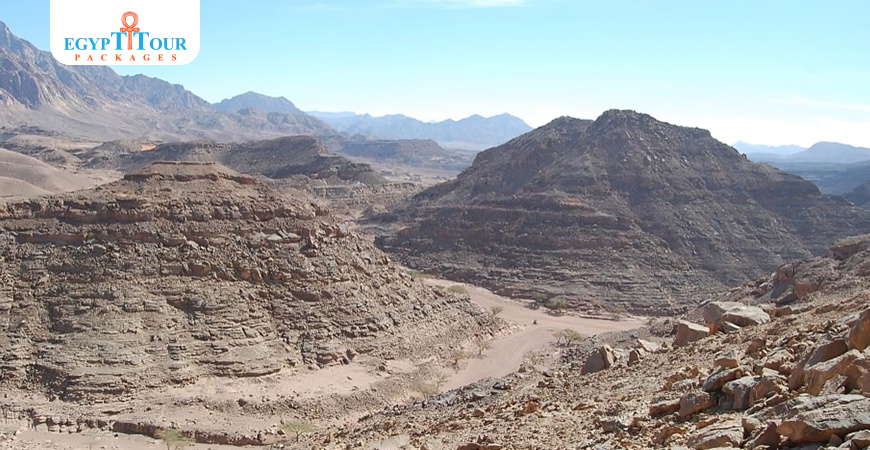
Wadi Maghara
Wadi Maghareh is an archaeological site located in the southwestern Sinai Peninsula, Egypt. It contains pharaonic monuments mines dating from the Old era.
Wadi Maghara
Wadi Maghareh is an archaeological site located in the southwestern Sinai Peninsula, Egypt. It contains pharaonic monuments mines dating from the Old era. Wadi Maghara is situated in the southwest of the Sinai Peninsula, east of Abu Rudeis on the coastal road, and north of Wadi Feiran. The wadi contains rock faces with inscriptions from early Egyptian rulers, documenting their expeditions to mine valuable minerals like turquoise and copper. These minerals were transported from the mountains to the port of Markha through an ancient track that still exists today. Turquoise was highly prized in ancient Egypt for its use in jewelry and statues. The mines at Wadi Maghareh is an archaeological site located in the southwestern Sinai Peninsula, Egypt. It contains pharaonic monuments mines dating from the Old era. Wadi Maghara remained profitable for turquoise and copper until at least the New Kingdom.

Wadi Maghara in Sinai
Several explorers have examined this region. Palmer, a British adventurer, uncovered some significant reliefs in the 1860s. Flinders Petrie, who conducted the first systematic exploration of South Sinai, discovered twelve bas-reliefs in the Wadi. Evidence suggests that Egyptians sporadically exploited minerals in Sinai since ancient times. The earliest known king to engage in mining activities at Wadi Maghareh is an archaeological site located in the southwestern Sinai Peninsula, Egypt. It contains pharaonic monuments mines dating from the Old era. Wadi Maghara was Djoser Netjerikhet, who ruled during Dynasty III and owned the Step Pyramid at Saqqara. A relief discovered at Wadi Maghareh is an archaeological site located in the southwestern Sinai Peninsula, Egypt. It contains pharaonic monuments mines dating from the Old era. Wadi Maghara portrays the king standing next to a goddess. This organized mining operation was a significant achievement during Djoser's reign. Sekhemkhet, Djoser's successor, also conducted expeditions to Sinai. A well-known rock-cut inscription found above the valley depicts the king wearing a white crown and defeating a Bedouin captive. Initially, this inscription was attributed to Semerkhet of Dynasty I, but later it was determined to belong to Sekhemkhet after his pyramid was discovered at Saqqara in the 1950s. The inscription was first found by the British explorer Palmer in 1868. During WM Flinders Petrie's visit to Sinai in 1904-5, he discovered a total of twelve reliefs in Wadi Maghareh is an archaeological site located in the southwestern Sinai Peninsula, Egypt. It contains pharaonic monuments mines dating from the Old era. Wadi Maghara .
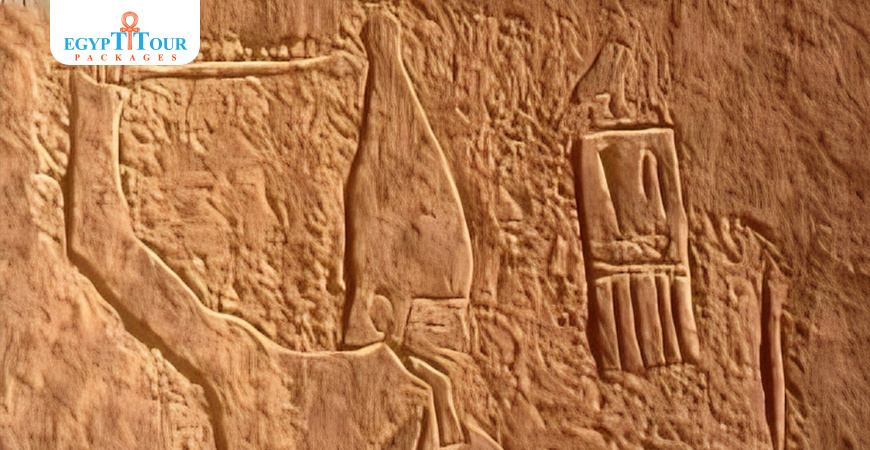
Turquoise in Egypt
Sanakht, a king from Dynasty III, left evidence at Wadi Maghareh is an archaeological site located in the southwestern Sinai Peninsula, Egypt. It contains pharaonic monuments mines dating from the Old era. Wadi Maghara . Not much is known about him, but he was buried in a large mud-brick tomb at Beit Khallaf in Upper Egypt. The most important monument associated with Sanakht is a pair of rock-cut inscriptions. One shows the king wearing the white crown and the standard of Wepwewet, while the other depicts him wearing a red crown and smiting a captive (now lost). The king's Horus name is shown in a serekh, and a fragment of vertical inscription mentions Turquoise (mefkat), which is the oldest known reference to it.

What are the terraces of turquoise?
The Wadi Maghareh is an archaeological site located in the southwestern Sinai Peninsula, Egypt. It contains pharaonic monuments mines dating from the Old era. Wadi Maghara was later called 'the turquoise terraces'. The turquoise was found halfway up the cliff, and the mining galleries had small openings on the cliff face. Other rulers from the Old Kingdom mentioned in the wadi are: Khufu, who is depicted as "smiting the tribesmen" with the gods Wepwawet and Thoth; Snefru; Sahure, who is described as "smiting the Mentju and all foreign lands"; two rulers named Nyuserre with references to Horus and Thoth; Menkauhor; and three texts of Djedkare-Isesi, one of which mentions an expedition arriving at the "Terraces of the Turquoise" a year after the third cattle census. A tablet from Dynasty VI contains a text from Pepi I, dating to the year after the eighteenth cattle census, and an inscription from Pepi II, dating to the year of the second cattle census. There are also various graffiti from officials and administrators of the mines from the Old Kingdom.

What is Sinai Peninsula famous for?
Three writings from the ruler Amenemhet III during the Middle Kingdom can be found here. These writings mention expeditions in the second year of his reign, where new turquoise galleries were opened. The King is shown with Hathor and Thoth, and the names and titles of the expedition members are listed. Additionally, there are three more texts from the sixth year of Amenemhat IV, along with other Middle Kingdom inscriptions that include hieroglyphic texts and hieratic graffiti. To the north of Maghara, there is a Dynasty XII stela (number 500). Evidence from the New Kingdom also indicates an expedition sent by Tuthmose III.

Rock relief in Wadi Maghara
Wadi Maghareh is an archaeological site located in the southwestern Sinai Peninsula, Egypt. It contains pharaonic monuments mines dating from the Old era. Wadi Maghara has a long history that dates back to prehistoric times. However, what makes this place significant to us today is its documentation of the mining expeditions conducted by the early Pharaonic rulers in this unfamiliar land. Not only did the agents of the kings leave their mark, but even the mining chiefs and laborers were keen on etching their tales of triumphs and struggles on the rocks. While some of these reliefs can still be found in the wadi, others are now housed in different museums, although many have suffered damage due to subsequent mining attempts.

Post A Comment
Your Email Address Will Not Be Published.



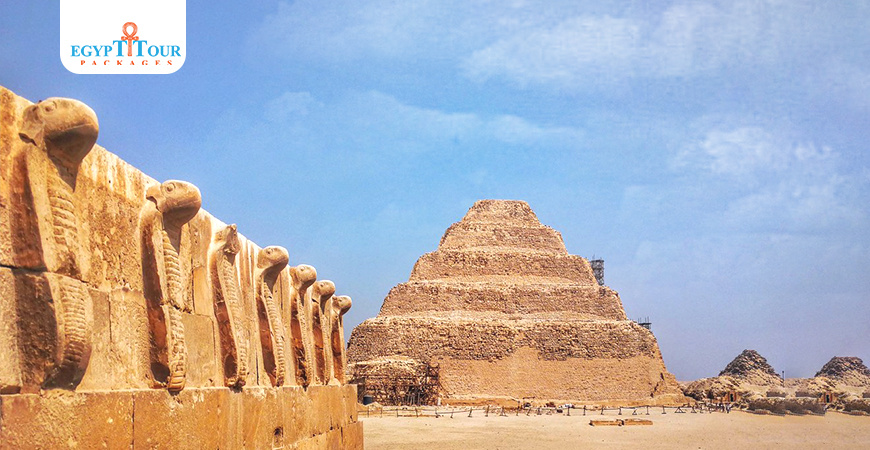







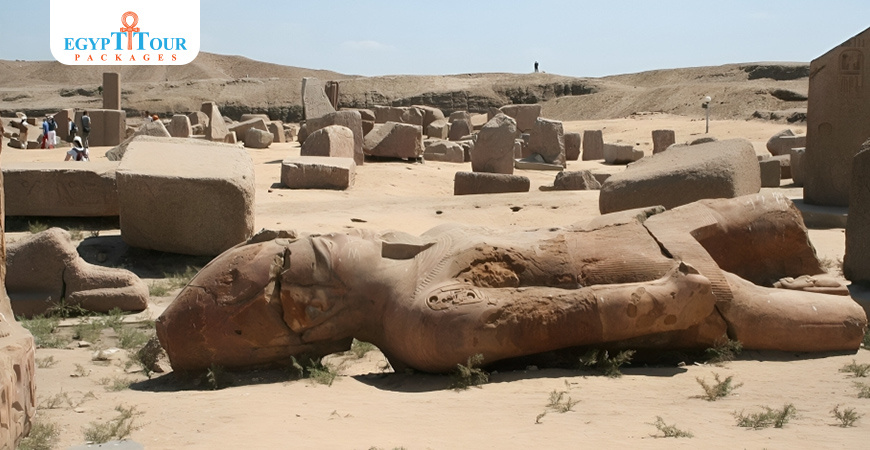


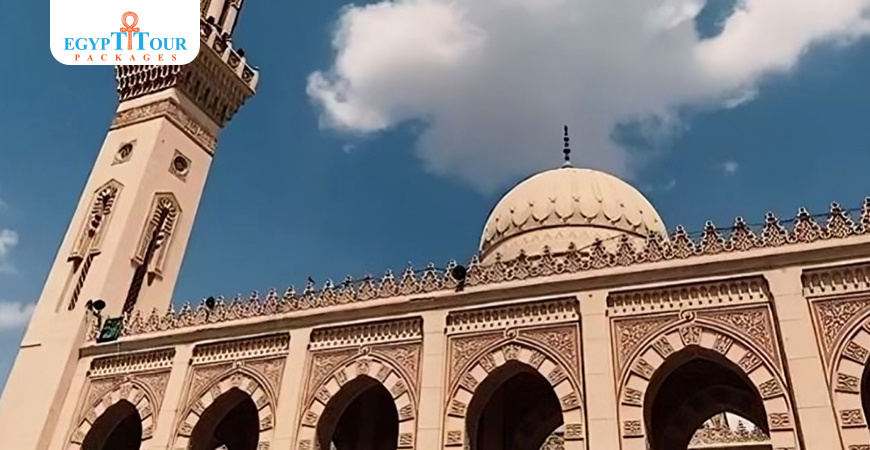


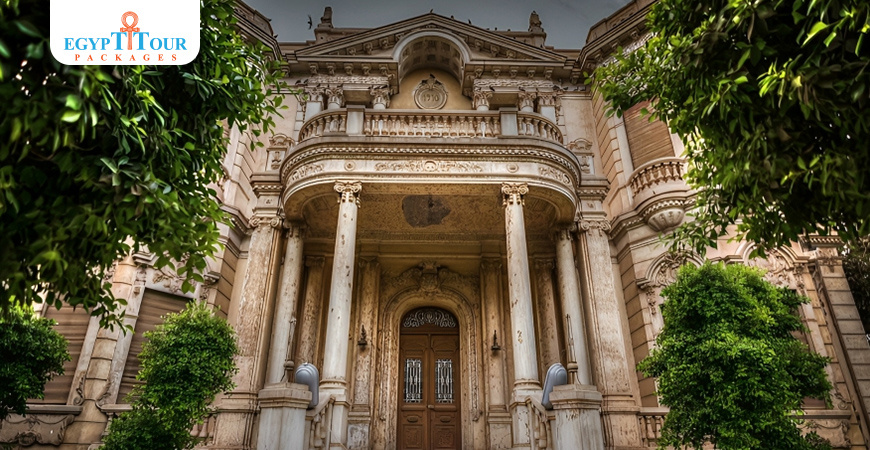
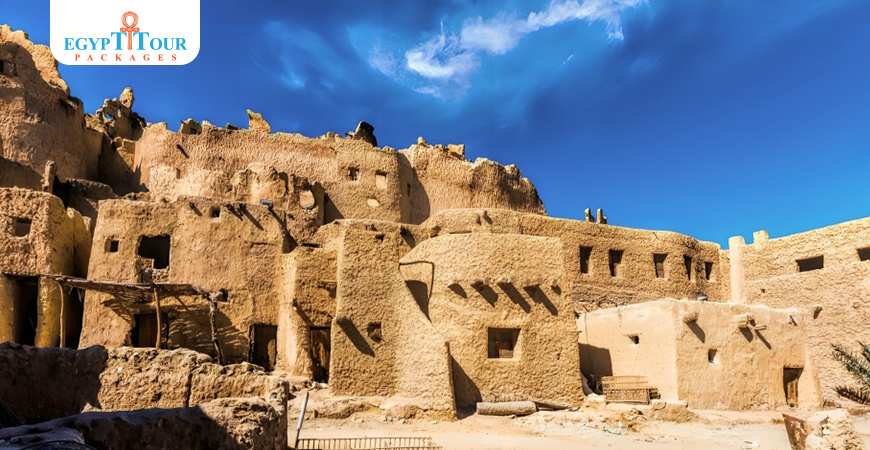
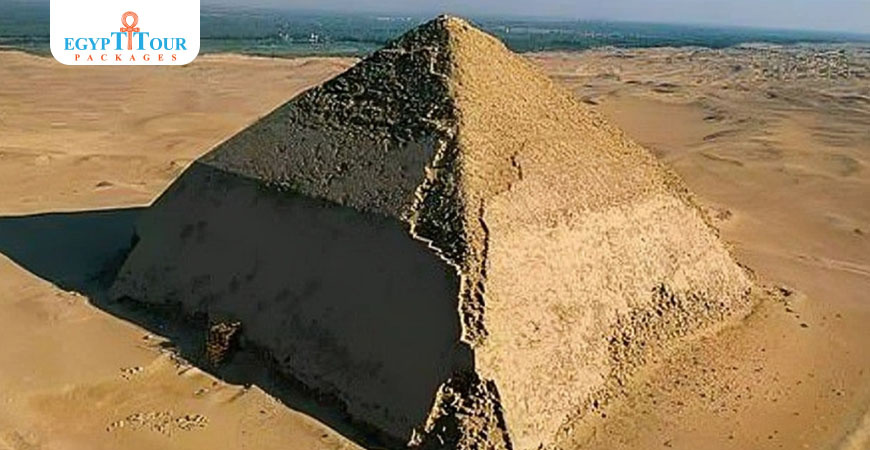
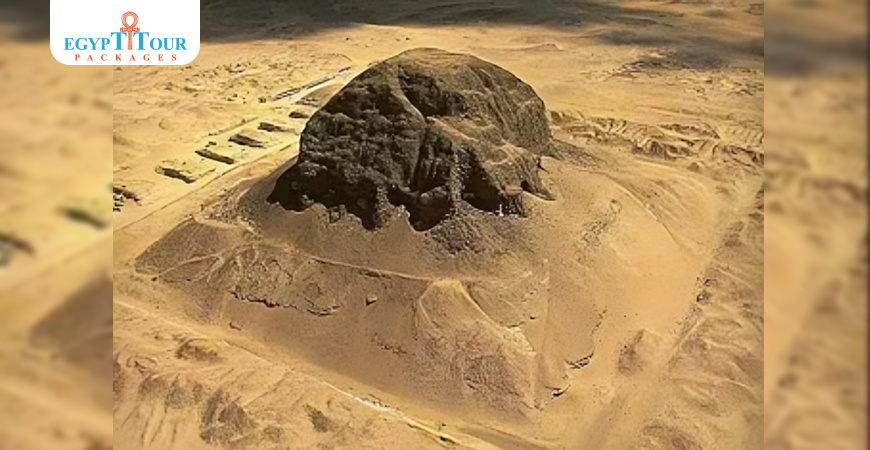
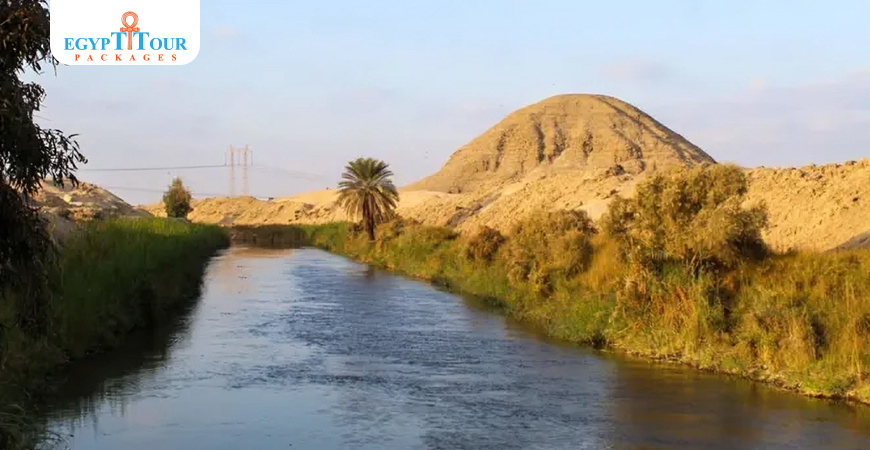
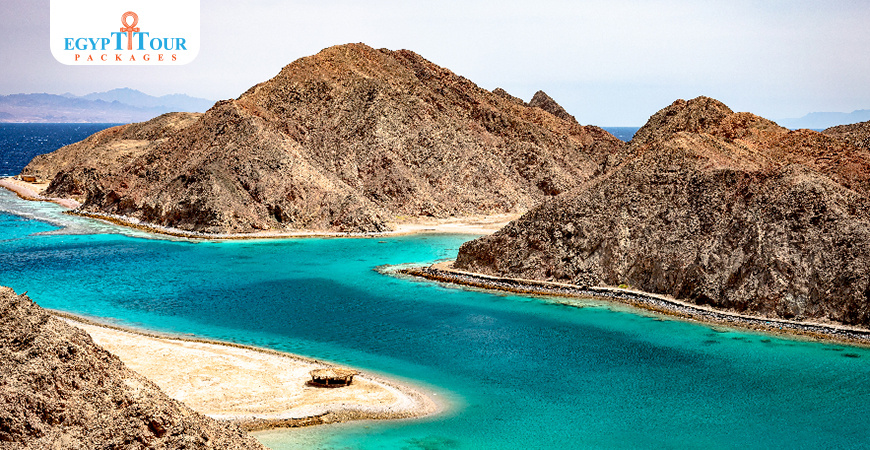

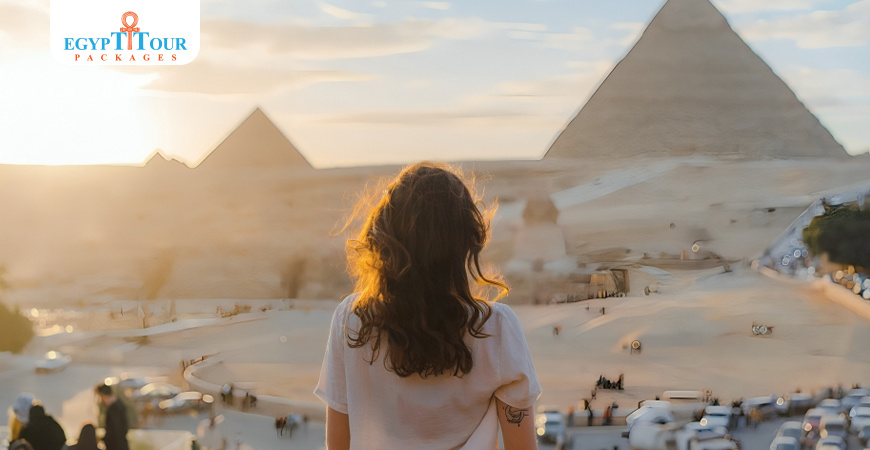
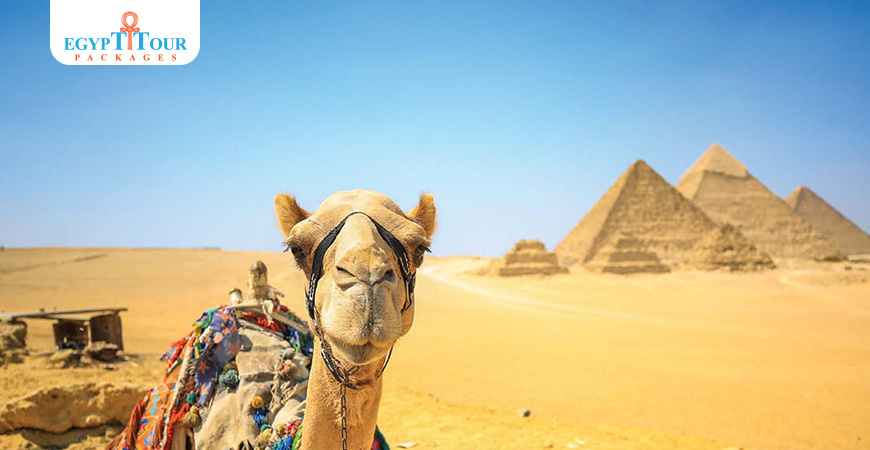











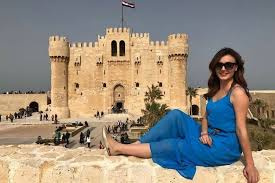

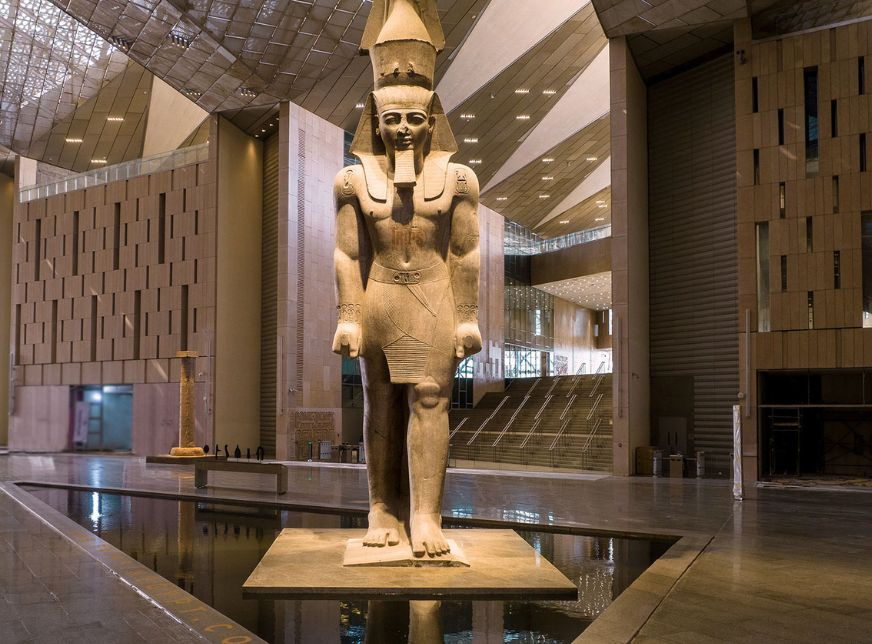

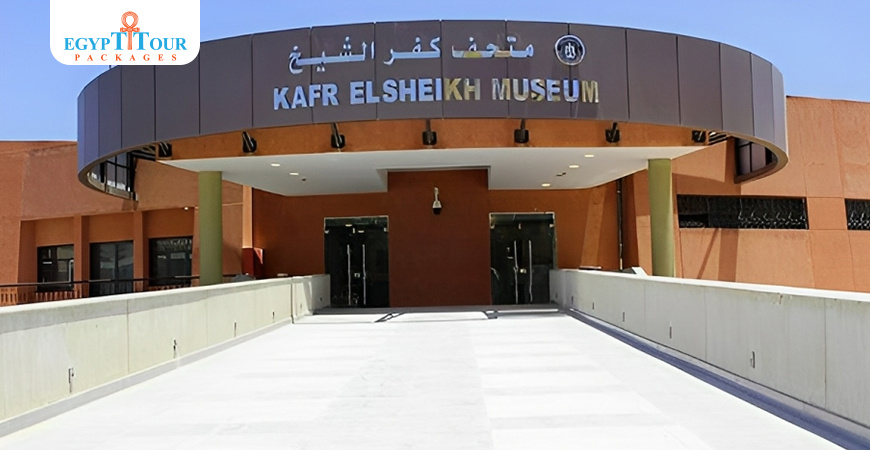

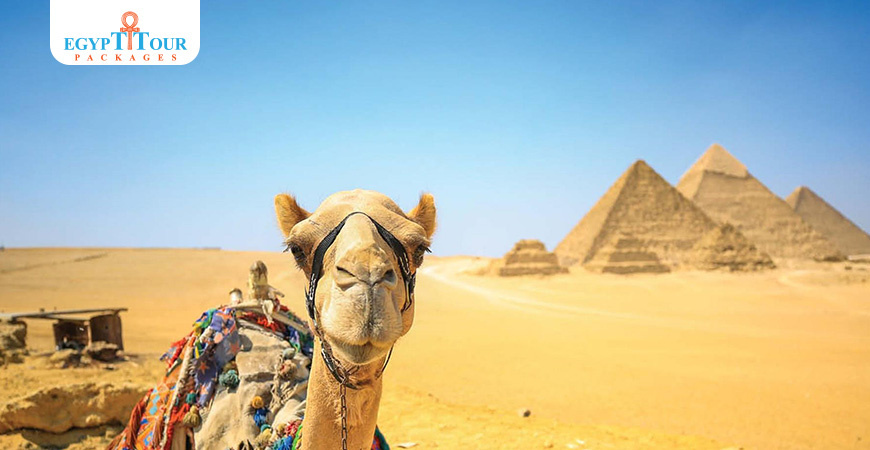



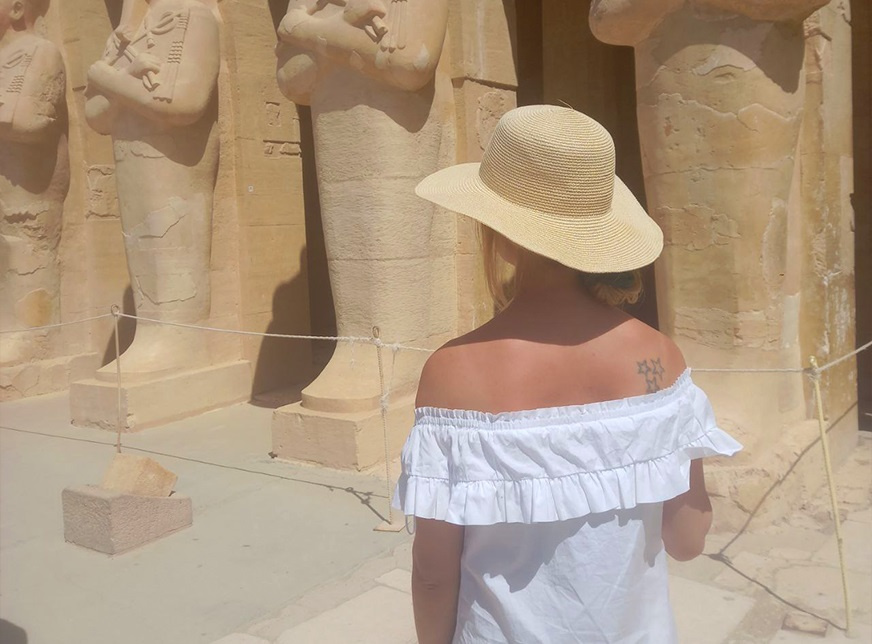
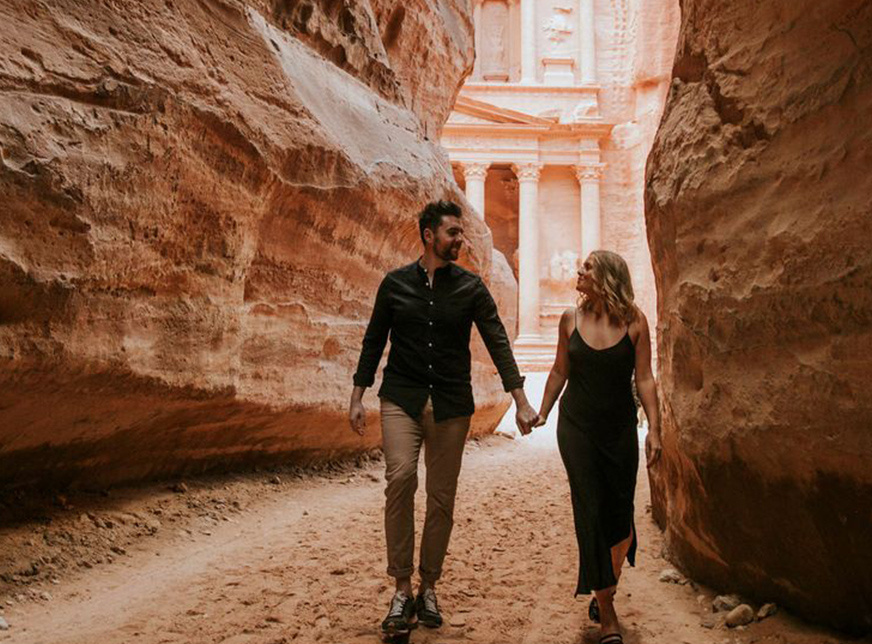


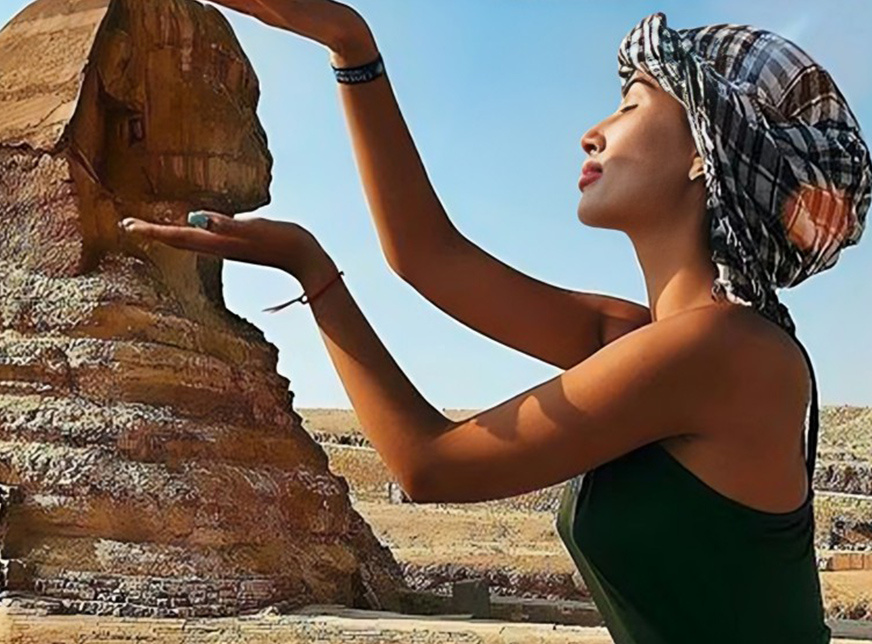
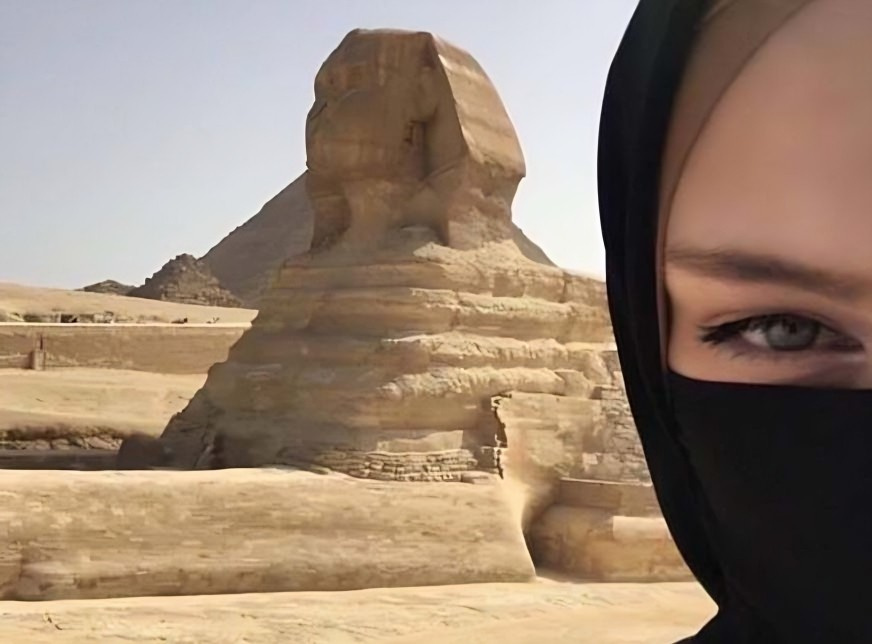

0 Comments